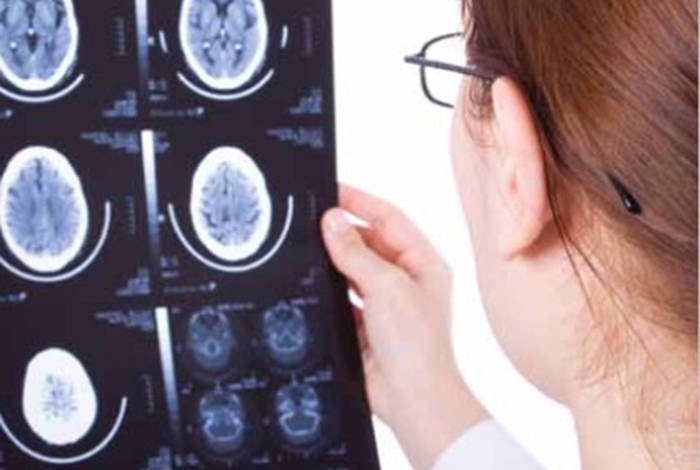A woman in Canada has a stroke every 17 minutes. That’s 85 women each day, 18 of whom will die.
Women face a greater risk of stroke compared to men, the Heart & Stroke Foundation said in a new study Tuesday, although research on the life-altering attack and how it changes based on gender is a relatively new field.
“We have seen amazing improvement in stroke awareness, care, treatment and research over the past 20 years,” CEO Yves Savoie said in a news release.
“But unfortunately, women are not benefiting equally from this progress. There are opportunities throughout women’s lives, depending on their risk, age and circumstances, where they can be better informed, receive more timely care and treatment and be strongly supported to recover to the fullest.”
While a stroke can happen to anyone at any age, and vary depending on severity, type, cause and effect, the health risk is disproportionately affecting women.
“More women die of stroke, women have worse outcomes after stroke, more women are living with the effects of stroke, and they face more challenges as they recover,” the study says.
More than 62,000 strokes occur in Canada each year, with 30,200 of those being in women.
Meanwhile, women are 35 per cent more likely to die within one year of a stroke and 24 per cent more likely to die within five years after a stroke.
When women survive a stroke, the report says, their activity and physical and mental well-being is lower, likely because most of them assume the caregiver role at home, and the lifestyle change after a stroke is more drastic.
Certain health factors increase stroke risk, which women see more of
According to research on strokes in both men and women, factors such as high blood pressure, irregular heart rhythm, high cholesterol, diabetes, unhealthy diet and weight, smoking, stress and excessive alcohol use and drug abuse all increase the risk of a stroke.
Those can be controlled or maintained, but factors such as age and family history cannot. Women are less likely to be aware of their own personal risk factors, which can limit early intervention.
Pregnancy and menopause are particular periods when women face the greatest risk, as well as during their older years.
Indigenous women most affected by strokes because of their higher rates of high blood pressure and diabetes. Other barriers include their access to diagnosis, treatment and support.
Remote and isolated communities face real challenges accessing timely life-saving acute stroke treatment as well as recovery support, the report says.
The foundation called on healthcare systems to maintain a gendered lens when reviewing stroke cases and preventative programs, to further fund health research on strokes, and to make rehabilitation and recovery services accessible and culturally relevant for those living in rural and remote areas.
It urged women to learn their risks when it comes to the chances of a stroke, and talk to their doctor about any questions.
@ashwadhwani
ashley.wadhwani@bpdigital.ca
Like us on Facebook and follow us on Twitter.
